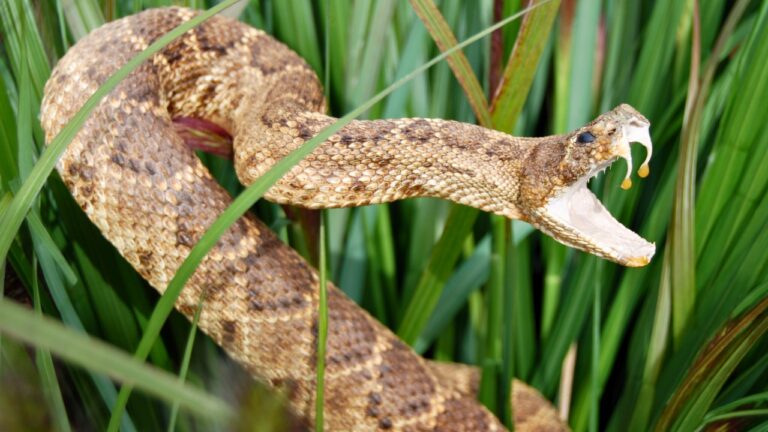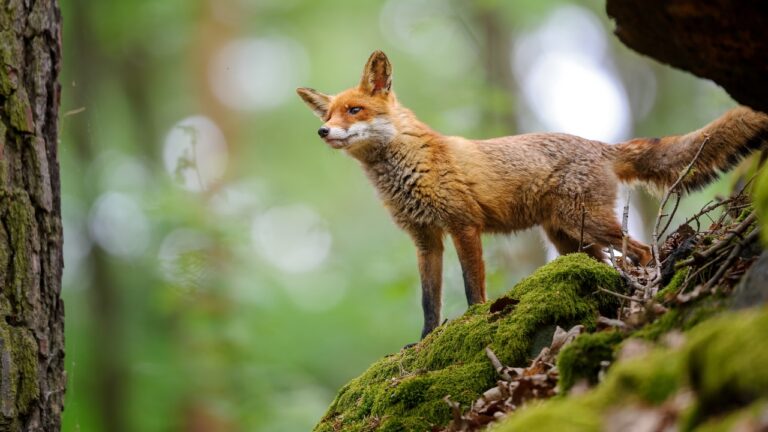Most folks think summer camping means sweating through your shirt, fighting for space at packed campgrounds, and pretending that lukewarm lake water counts as refreshing. It doesn’t have to be that way.
If you’ prefer crisp mornings, freezing creek dips, and falling asleep under tall trees without someone’s Bluetooth speaker in earshot, this list’s for you. These spots aren’t easy to get to—but that’s the point. Cold water, real quiet, and actual elbow room. That’s summer done right.
Trinity Alps Wilderness, California

The Trinity Alps don’t get the same attention as the Sierra, which is exactly why they’re worth your time. You’ll find glacier-fed lakes, icy streams, and trails that lead deep into the woods. Summer nights still get cold, and you won’t be sweating in your sleeping bag.
There’s plenty of dispersed camping if you’re willing to walk a little. The trails are steep, but you get rewarded quick with alpine views and total silence. Just bring a bear can and don’t expect cell service—this is real backcountry.
Green River Lakes, Wyoming

Up near the northern end of the Wind River Range, Green River Lakes offers cold water straight off the glaciers and plenty of space to spread out. The views of Squaretop Mountain don’t hurt either. It’s a solid jumping-off point for backcountry trips or just a quiet weekend camp.
You can fish right from the shore or hike in for better solitude. Even during peak summer, it’s never packed. The dirt road in can be rough, but that just keeps the casual campers out. Bring bug spray and be ready for big temperature swings.
Strawberry Mountain Wilderness, Oregon

Tucked away in eastern Oregon, Strawberry Mountain Wilderness is one of those places most folks don’t even know exists. That’s their loss. You’ve got cold alpine lakes, snowmelt-fed creeks, and pine-covered trails that’ll keep you cool all summer.
There are plenty of campsites, both developed and primitive, and most of them are empty even in July. The fishing’s decent too—brook trout and rainbows are common. It’s quiet, it’s wild, and it’s the kind of place you can go a whole weekend without seeing another tent.
Lake City, Colorado

Lake City is surrounded by tall peaks, cold rivers, and enough forest roads to keep you busy for weeks. It’s not hard to find a private campsite near water—just follow any of the backroads heading out of town. The farther you go, the quieter it gets.
The creeks stay cold year-round thanks to snowmelt, and the air up there actually feels like summer’s supposed to. This isn’t the tourist-packed part of Colorado, either. It’s laid-back, low-key, and full of real mountain country.
Yaak Valley, Montana

If it’s seclusion you’re after, Yaak Valley delivers. Tucked into northwest Montana, it’s loaded with tall trees, rushing streams, and not much else. There’s camping all over, and most of it’s first-come, first-served. You can camp right next to the river and never hear another soul.
It’s bear country, so come prepared, but that’s part of what keeps it wild. The fishing is solid too—cutthroat and brookies in most streams. This place feels like the edge of the map, and that’s what makes it worth the drive.
Beartooth Lake, Wyoming

Right off the Beartooth Highway, this lake sits high in the Absaroka Range and stays chilly all summer. You can camp lakeside and still be close to a dozen trailheads. Snow often lingers into July, so don’t forget your jacket.
The water’s clear and cold, with good trout fishing and unbeatable views. It’s a popular pull-off during the day, but most folks move on after a photo. If you’re camping, stick around—sunsets up here are something else, and the temps drop enough at night to keep things comfortable.
Olympic National Forest Backcountry, Washington

If you want tall trees, you’ll find them here. Olympic National Forest has some of the biggest and oldest trees in the country, and plenty of remote spots to pitch a tent near cold creeks. Head up into the higher elevations if you want fewer people.
Even in midsummer, the backcountry stays cool thanks to shade and elevation. Water’s everywhere—glacial rivers, mountain lakes, and waterfalls you can stumble into without even trying. Just pick a trail and hike in a few miles. You’ll be alone in no time.
Eagle Cap Wilderness, Oregon

The Wallowas don’t mess around. Eagle Cap Wilderness is full of alpine lakes, icy streams, and quiet meadows that see way fewer boots than you’d expect. You can camp at the trailheads or pack in for better solitude.
Water stays cold up here even in August, and the nights drop fast once the sun dips behind the ridges. There’s great fishing, great hiking, and enough space to feel like you’ve got the whole range to yourself. Just be ready for rocky trails and steep climbs.
Bumping Lake, Washington

Bumping Lake sits east of Mount Rainier and stays relatively quiet compared to more popular spots in the Cascades. There’s a campground, but if you want peace and quiet, head to one of the dispersed sites along the forest road.
The lake stays cold all summer, and there’s a good mix of trees, trails, and space to spread out. Paddleboarding, fishing, or just cooling off in the shallows—it’s all an option. And the tall pines keep the shade going even on the warmest days.
Great Basin National Park, Nevada

This one’s off most people’s radar, but it shouldn’t be. Great Basin’s got high-elevation campsites tucked into bristlecone pine groves and streams that run cold straight through summer. It’s dry country, but once you get up high, the temps drop fast.
Camp near Wheeler Peak for the full experience. You’ll get big skies, quiet trails, and cold alpine air even in July. The park’s free to enter, and there are way fewer people than anywhere else out West. Bring plenty of water and don’t skip the headlamp—it gets dark fast out here.
*This article was developed with AI-powered tools and has been carefully reviewed by our editors.






